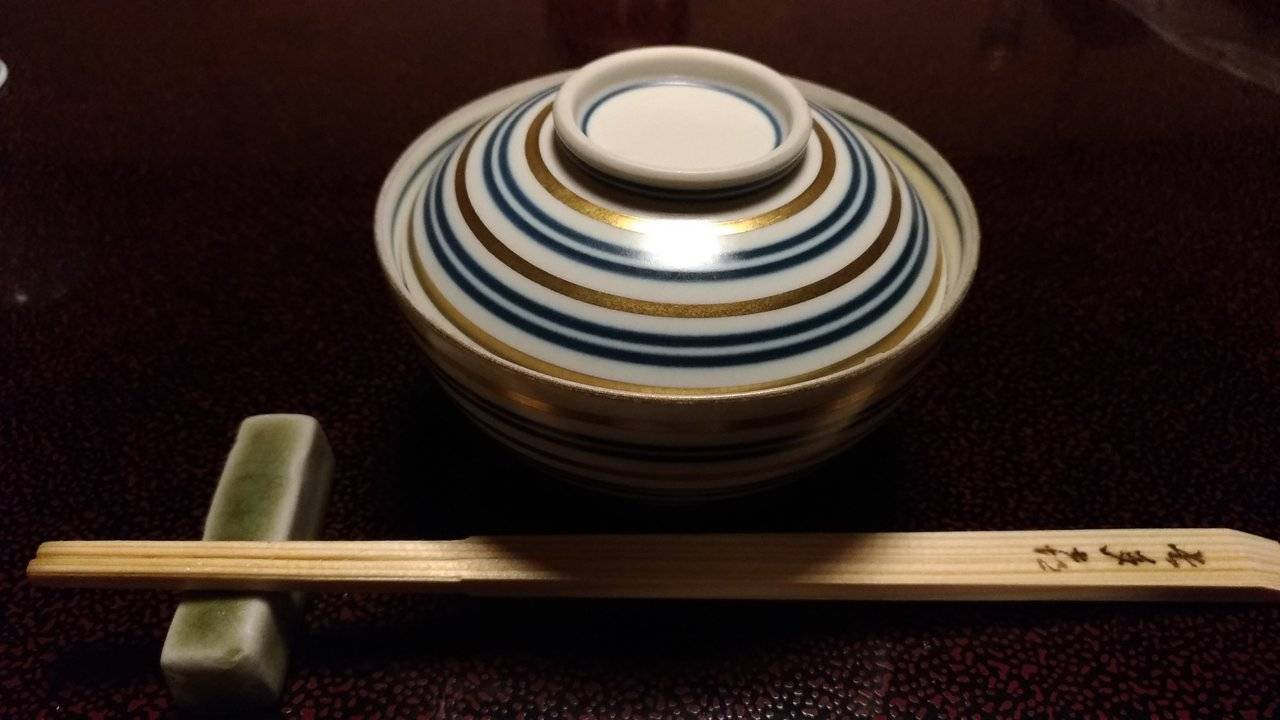
Today I'm going to flood my post with gourment food, or kaiseki cuisine to be specific! This is from my previous trip to Japan where I stayed at a ryokan (inn) called Nagataki. Nagataki is a small luxury ryokan with a collection of centuries old small buildings. Six of the buildings were guest rooms and offered top notch accommodation to only a handful of guests everyday. With top notch accommodation comes top notch service and top notch food. I had the most exquisite kaiseki cuisine I've ever experienced here.
WHAT IS KAISEKI CUISINE?
Kaiseki cuisine is a multi course Japanese meal. Its focus is on fresh seasonal ingredients, cooking methods, cooking skills and techniques, garnish, colour, flavour, texture, tableware... It is an art as much as an meal, satisfying one's eyes and palate.
Kaiseki cuisine consists of many courses. The exact number depends on the chef, the season and how he/she plans the menu. Some of the the main courses are Sakizuke (appetiser), Suimono (1st course soup), Hassun (seasonal platter), Mukozuke (Sashimi), Takiawase (Vegetable Course), Futamono (2nd Soup Course), Yakimono (Seasonal Fish Course), Nimono (simmered food), Mushmono (steamed food), Shiizakana (strong flavour snack), Suzakana (pickles), Gohan (rice), Tomewan (miso based soup) and Mizumono (dessert). (Reference : https://savorjapan.com/)
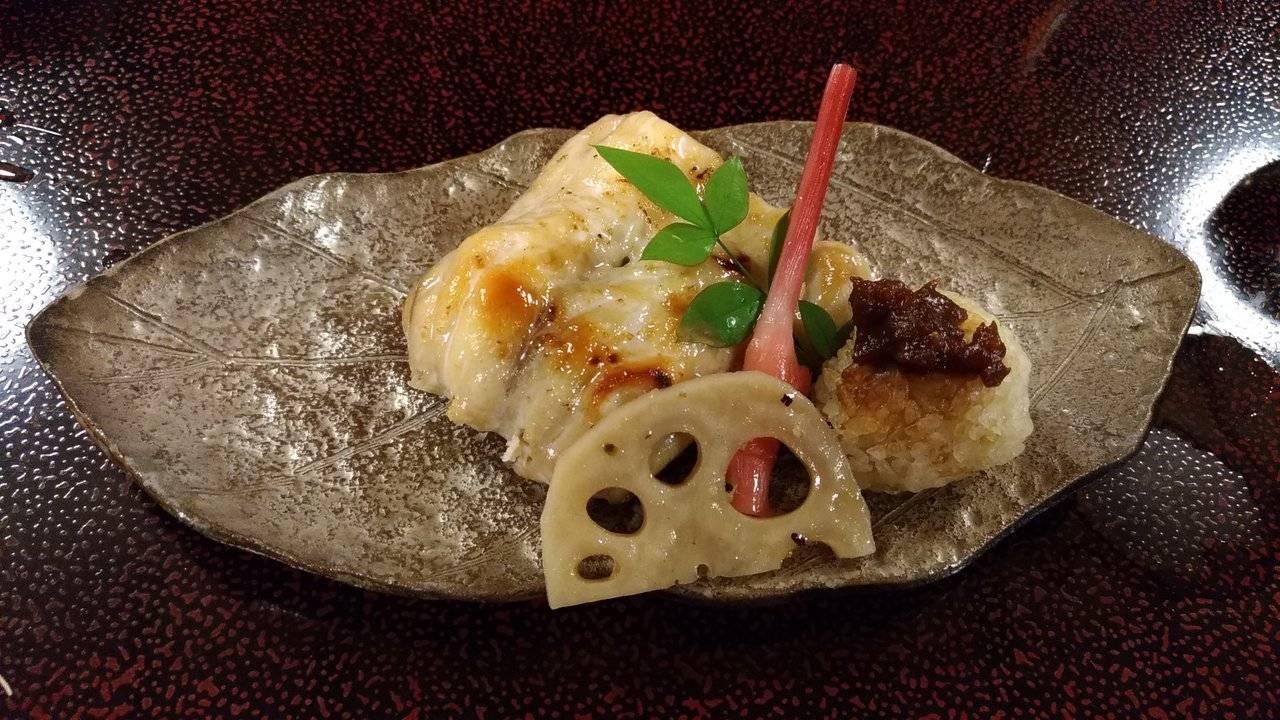
THE SETTING
My kaiseki cuisine was served in my room on the first evening. Ryokan guests normally change into their yakatu for dinner, even if they eat in the main public dining area. Yakatu is a light casual kimono, traditionally worn as a bathrobe but now is it often worn in summer as well. A jacket was available in case we were cold. This came in handy in November.
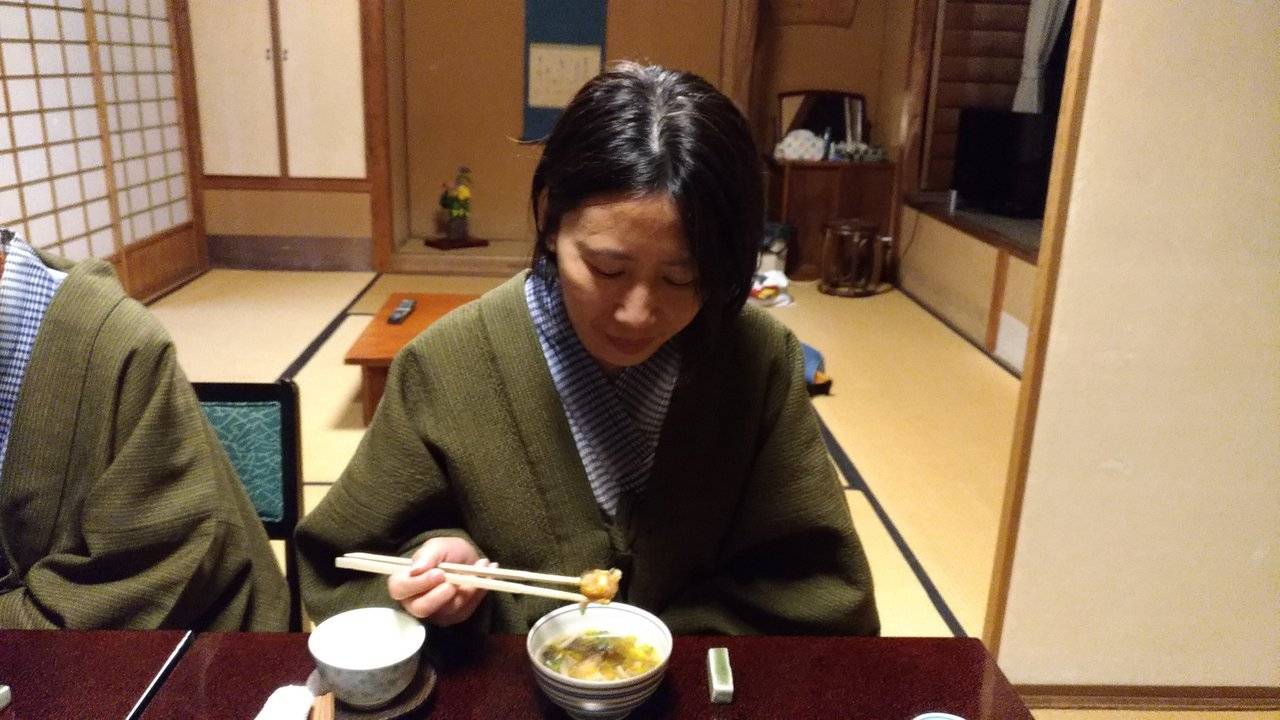
Dinner was served by two ladies who walked backwards and forwards all evening between my room and the kitchen. I think we must have had ten courses, so that's ten trips to serve our food, another ten to collect the dishes, plus a few other to serve drinks. Their service and attittude was faultless all evening and they were very patient to explain the dishes to us even though they had limited English. I felt like an absolute royalty the entire evening.

On the second evening, we had dinner in one of the main function rooms. The young gentleman in the photo is the fifth generation owner of this ryokan and the genius behind all the foood I am about to show you.
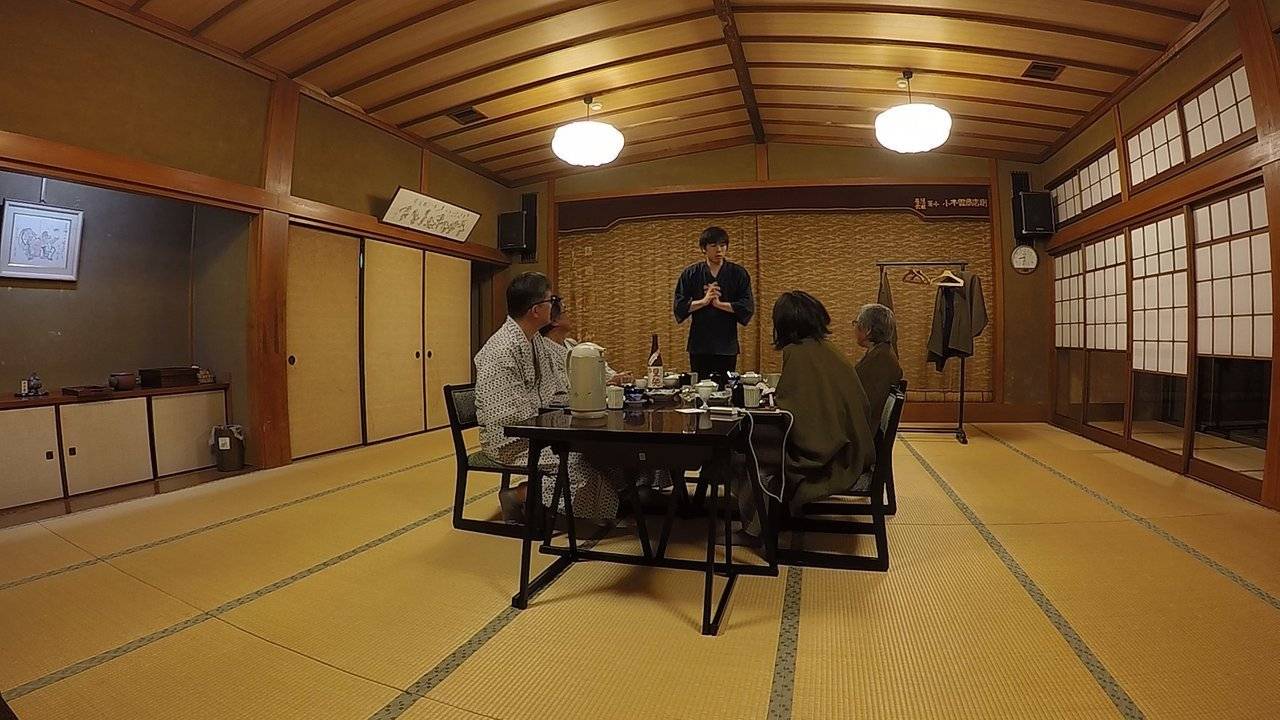
THE FOOD
We didn't get a menu of our meals, so I am lacking information on some of the dishes. That being said, at the time, it was a wonderful experience to look forward to every dish that was served. Every time the staff came in with the food, we would all watch eagerly, like little children looking into a sweet shop to see what was inside the jar. It was like visitng an art museum, and viewing a new painting each time. Only the painting was bought to us, and we could savour as well as admire it. Some of the ingredients were easily recognisable. Others were beyond our imagination. Luckily the staff were very patient, and explained to us the ingredient in each dish and how it was prepared.
I have included most of the dishes from the two nights so you can admire the art. Don't forget to admire the elegant presentation and the beautiful tableware. Bon appétit or itadakimasu as they say in Japan.
THE FIRST EVENING
I have had kaiseki cuisine before once but that didn't prepare me for this meal. Perhaps it is the whole experience of stayng at such a beautiful ryokan, absorbing in the tranquility of everything. I was so over whelmed by the whole experience that I forgot to take notes on the first evening. Now I am struggling to remember what some of the dishes are. Hopefully, my memory is not all lost.
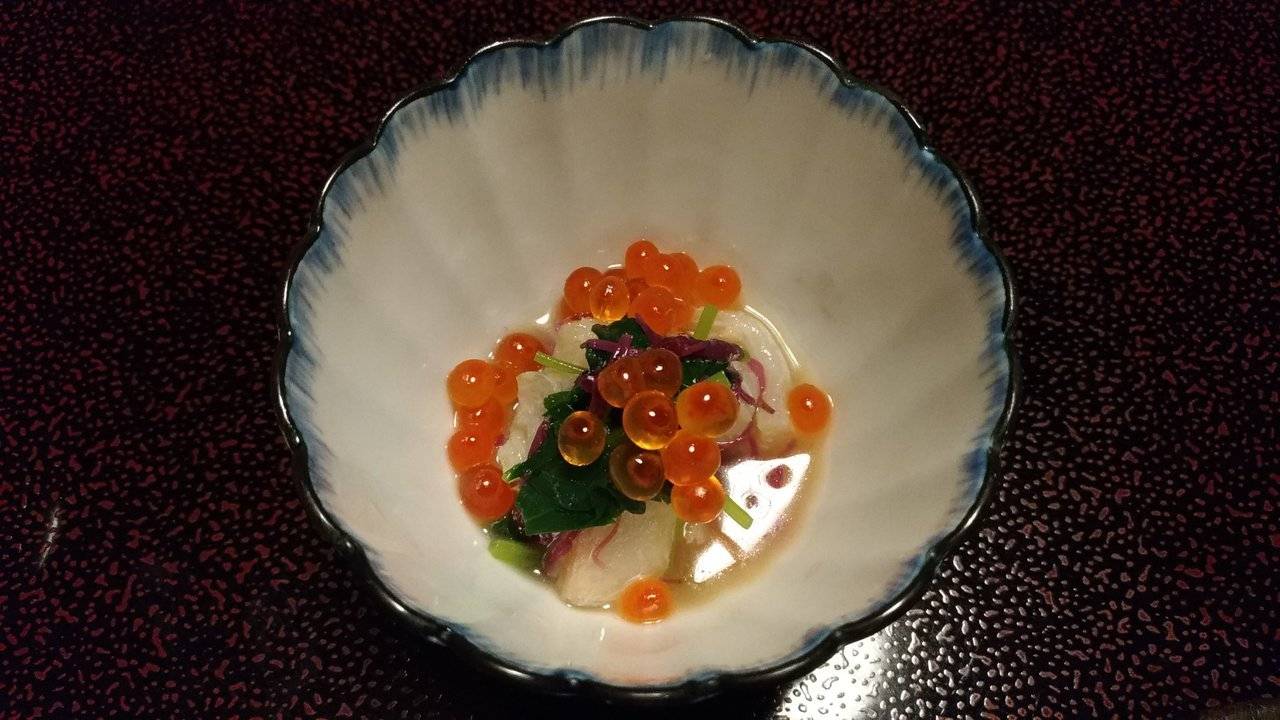
This is the Sakizuke (Appetiser)
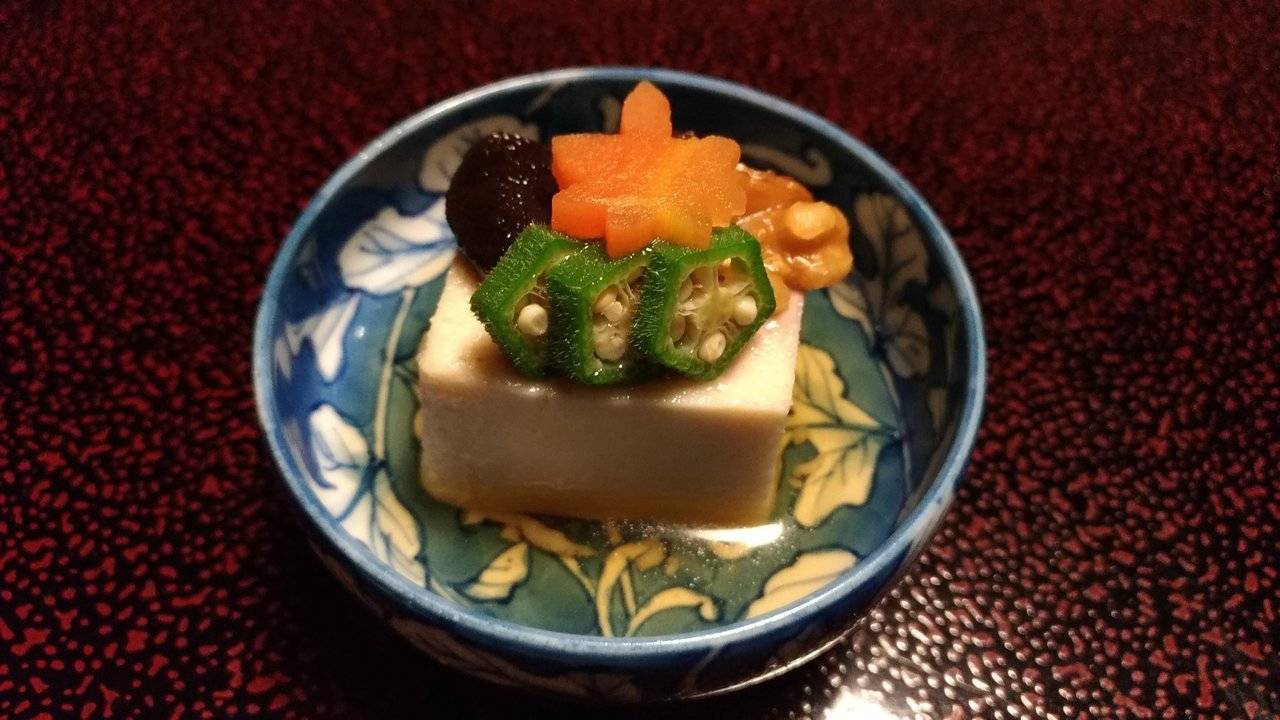
This may have been the Takiawase (Vegetable Course). It consist of tofu topped with okra, carrot. I forgot what the other two items are.

This is one of the three soup in the meal
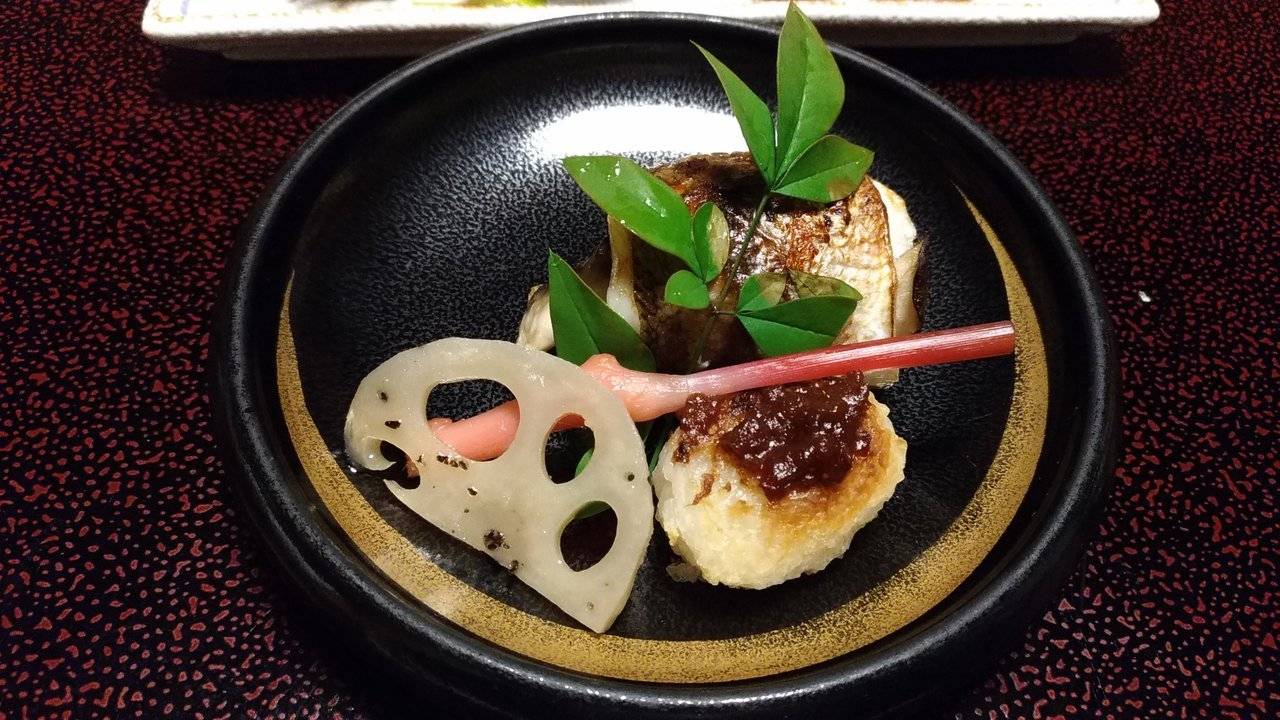
This is the Yakimono (Seasonal Fish Course). It includes a lotus root slick on a pickled ginger root, a piece of grilled fish and a grilled rice ball
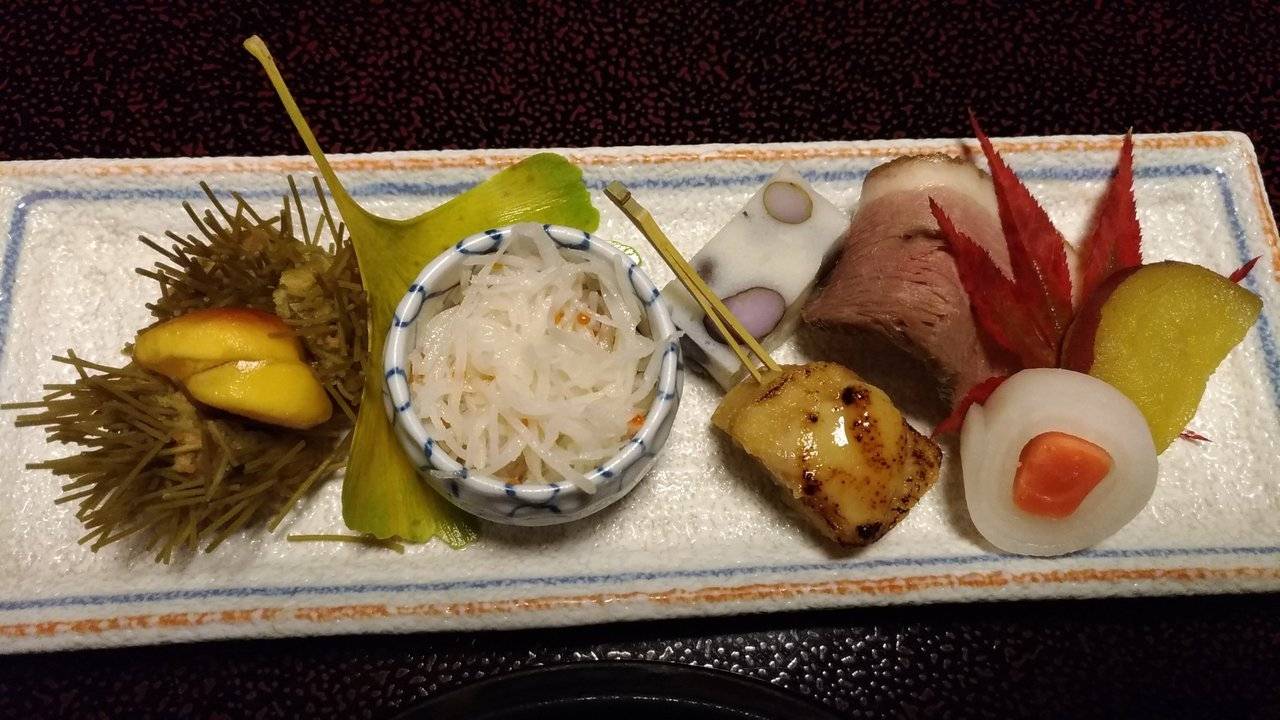
I'm not sure which course this is classfied as. From left to right is chestnut, possibly radish salad, can't remember what the next two items are, duck breast, pickled carrot wrapped in radish, and sweet potato

This is the second of the three bowls of soup

This is Mizumono, the dessert. Seasonal pears prepared two ways
THE SECOND EVENING
I was better prepared on the second evening and took notes of the dishes.
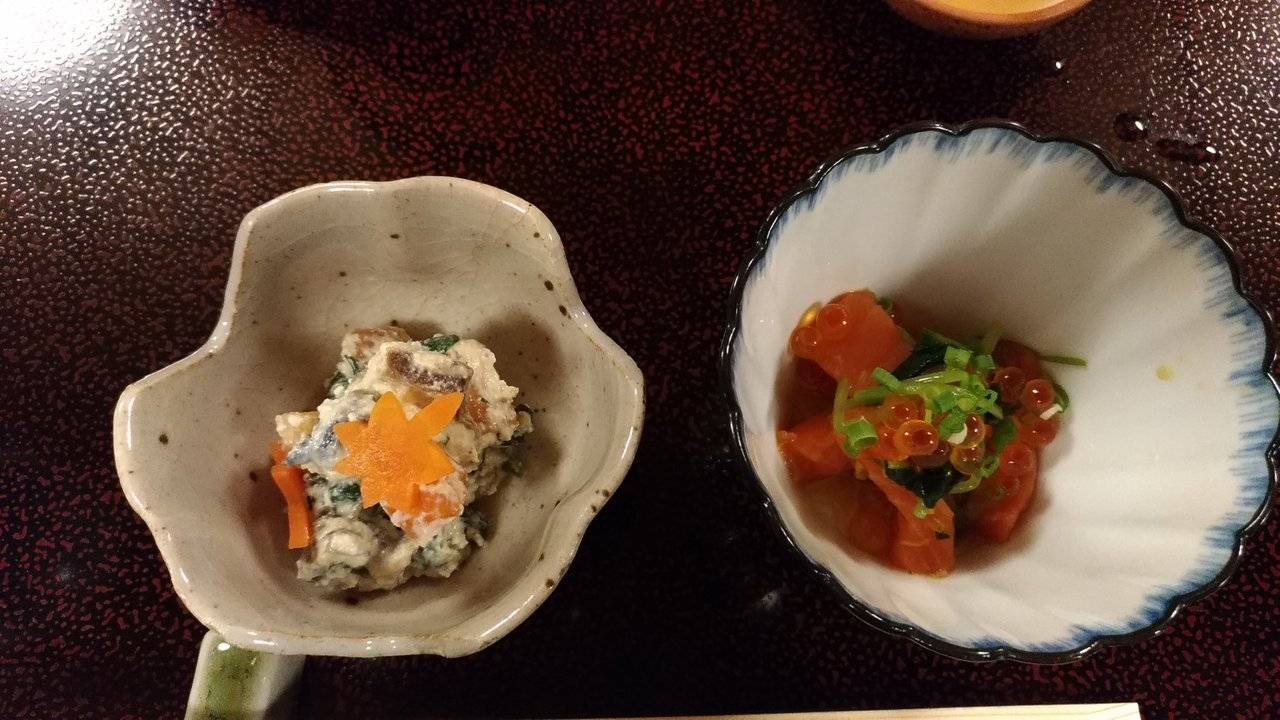
This the Sakizuke (Appetizers). The left is a tofu salad, and the right is salmon and roe sashimi
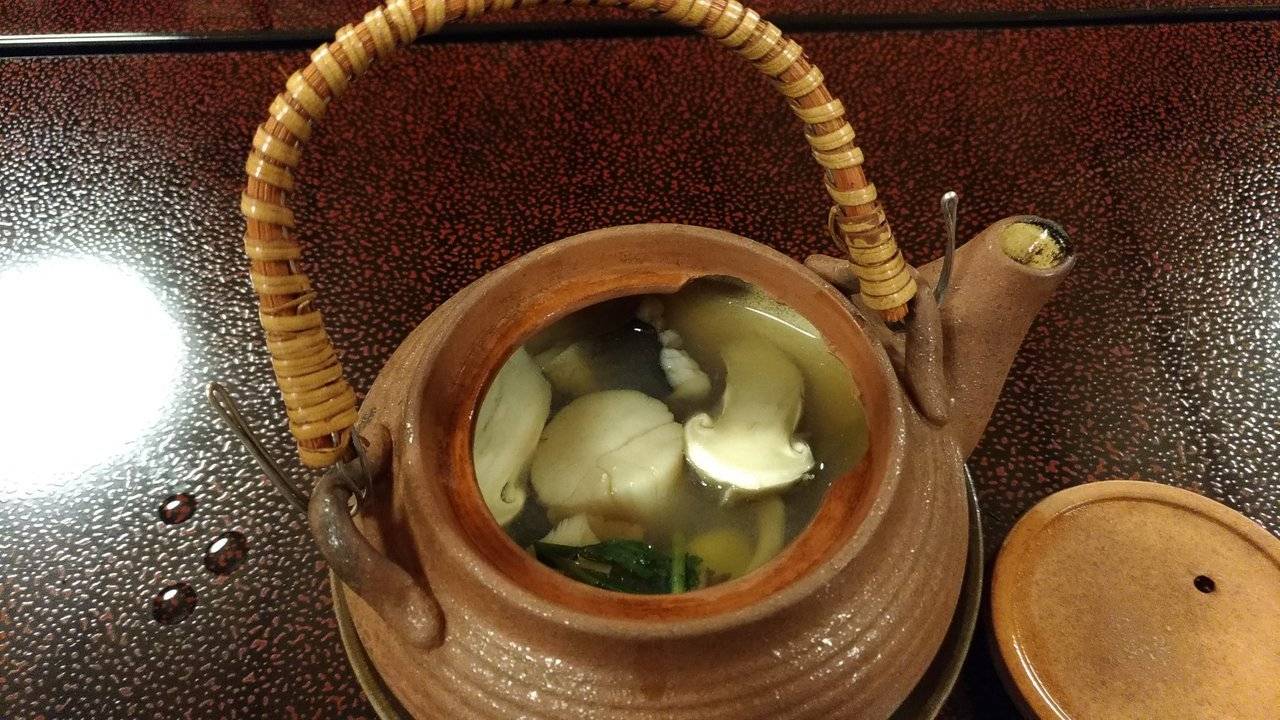
Suimono (1st Soup Course) is scallops and mushroom soup served in a teapot
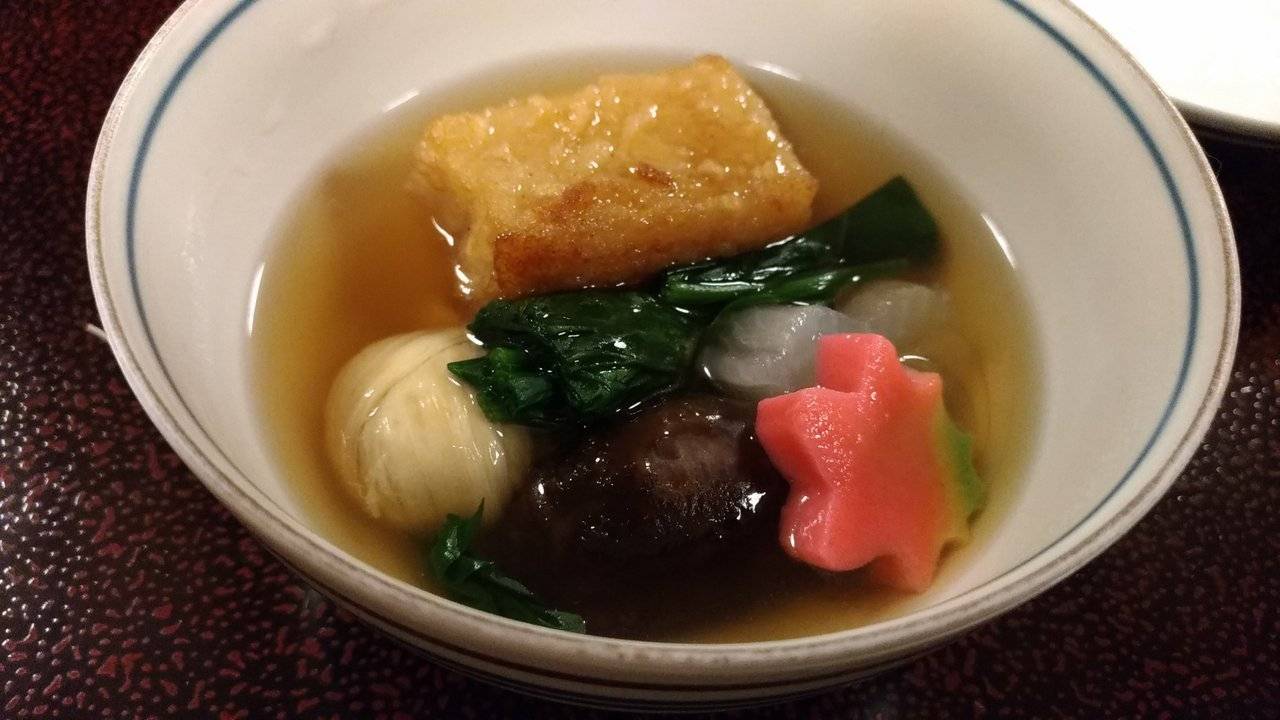
This may have been the Futamono (2nd Soup Course). The golden block is fried dumpling, the white item on the left is a type of tofu strips rolled into a ball

The Yakimono (Seasonal Fish Course) is grilled fish with rice ball, a lotus root slice and pickle ginger root garnish is the same as the evening before

The items on this dish from left to right is fried potato crisp, chicken loaf, boddack shreds, pumpkin pemmison, walnut, shitake, eel and sweet potato ball
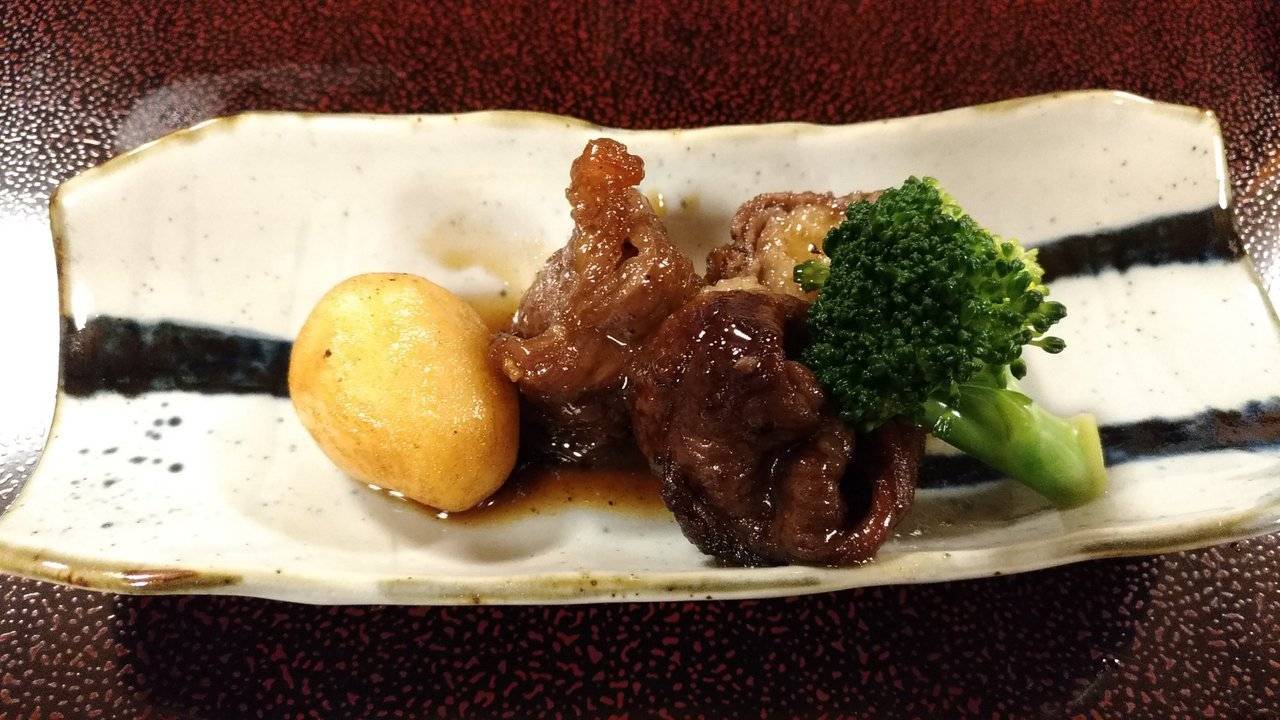
This is rice wrapped in Hida beef
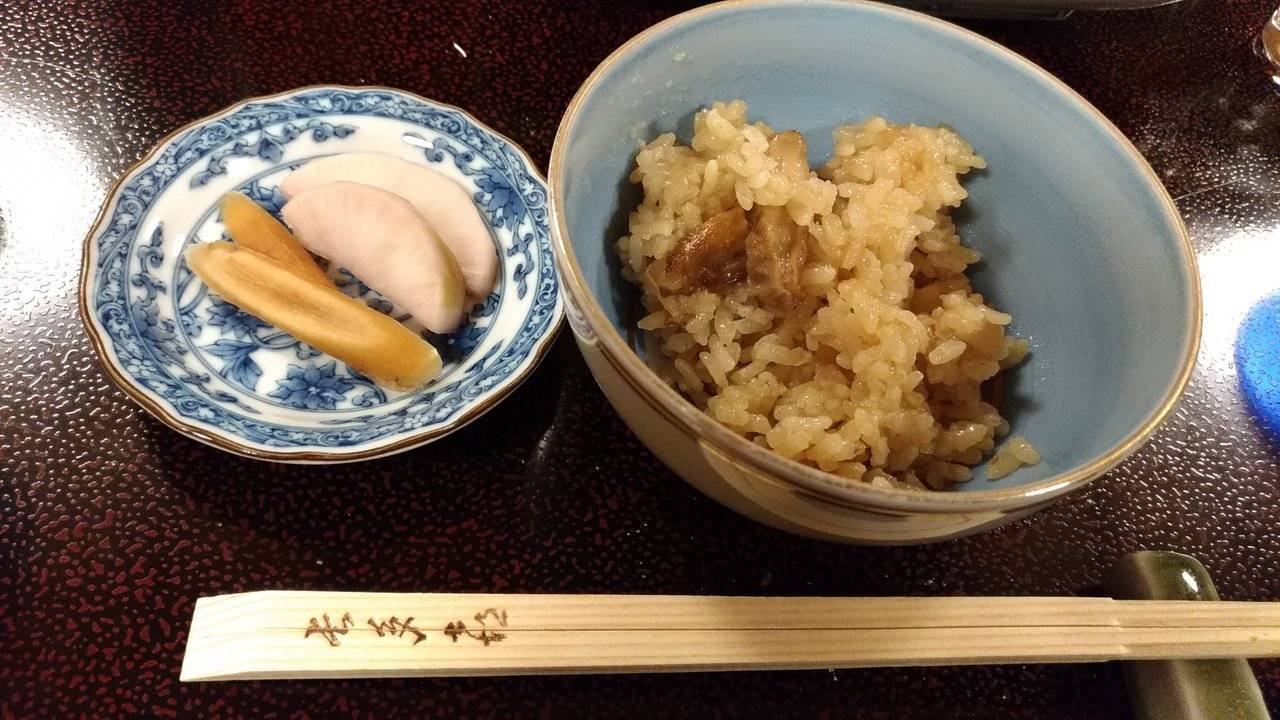
Ready to Blog & Earn?
With TravelFeed, easily start your own travel blog and earn as you go. It's the smart platform for travelers who want to profit from their passion. Create a free account
This is shiitake rice with pickles
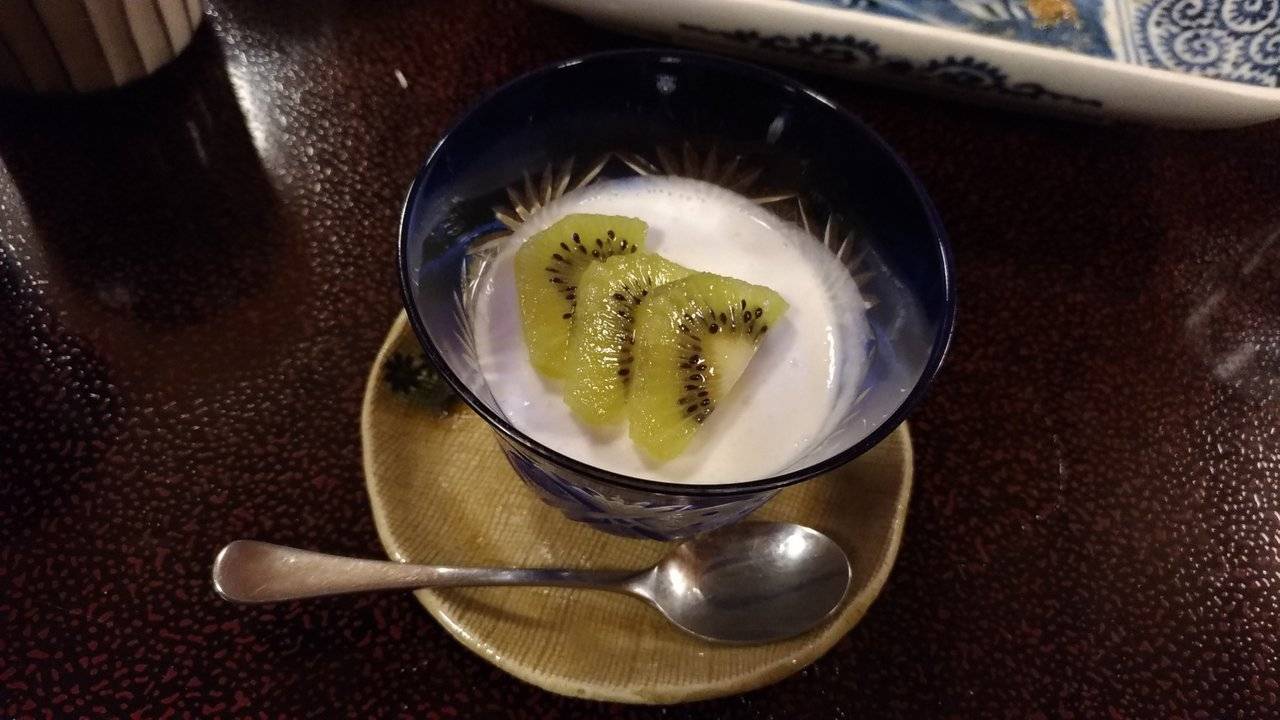
And finally the last course of the day, sesame mousse
Don't Forget: Get Travel Health Insurance!
To make your trip a worry-free experience, TravelFeed recommends SafetyWing Nomad Insurance. It provides comprehensive health coverage while you travel, so you can focus on exploring, not the unexpected. Get a quote here
If you have an opportunity to try kaiseki cuisine, I hope you will enjoy it as much as I did.
去年到日本旅行,其中兩晚租住較豪華的旅館。 旅館只有六間房間,全部都是幾百年老的房子, 以前日皇也曾經到訪。一泊兩吃,晚餐和早餐都吃懷石料理。 廚師是旅館的第五代接班人。一位年青的小伙子,卻煮出一 頓一頓極精緻的懷石料理。 兩晚的菜式都不一樣, 每一度菜,從前菜主菜到甜點, 都為我帶來無限驚喜。 完全是一個色香味俱全的旅程。
Check out all my travel posts here on Steemit Worldmap, and also my latest project @LadiesOfAsia where we share fun and cultural diversity across Asia Pacific.

 |  |
|---|
Posted from my blog with SteemPress : http://livinguktaiwan.com/kaiseki-cuisine/
Travel Resources for your trip to Japan
Recommended by TravelFeed
Flights: We recommend checking Kiwi.com to find the best and cheapest flights to Japan.
Accomodation: Explore the best places to stay in Japan on Booking.com, Agoda and Hostelworld.
Travel Insurance: Medical emergencies abroad can be pricey, but travel health insurance is not. We always use SafetyWing for affordable and reliable coverage.
Car Rental: For hassle-free car hiring, DiscoverCars is our trusted choice with a wide selection of vehicles.
Internet: Got an eSIM compatible phone? Airalo is perfect for reliable internet access during your trip. Just install it before you go, and you're set!
Day Trips & Tours: We recommend GetYourGuide for a variety of well-organized and enjoyable activities.
Travel Planner: Need a hand planning? Our free travel planner chatbot is your personal guide to Japan. Chat now.
Disclosure: Posts on TravelFeed may contain affiliate links. See affiliate disclosure.

